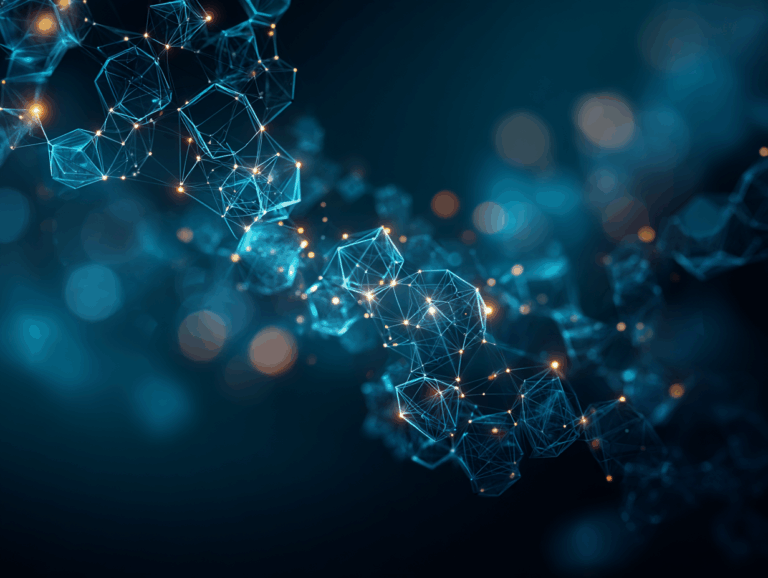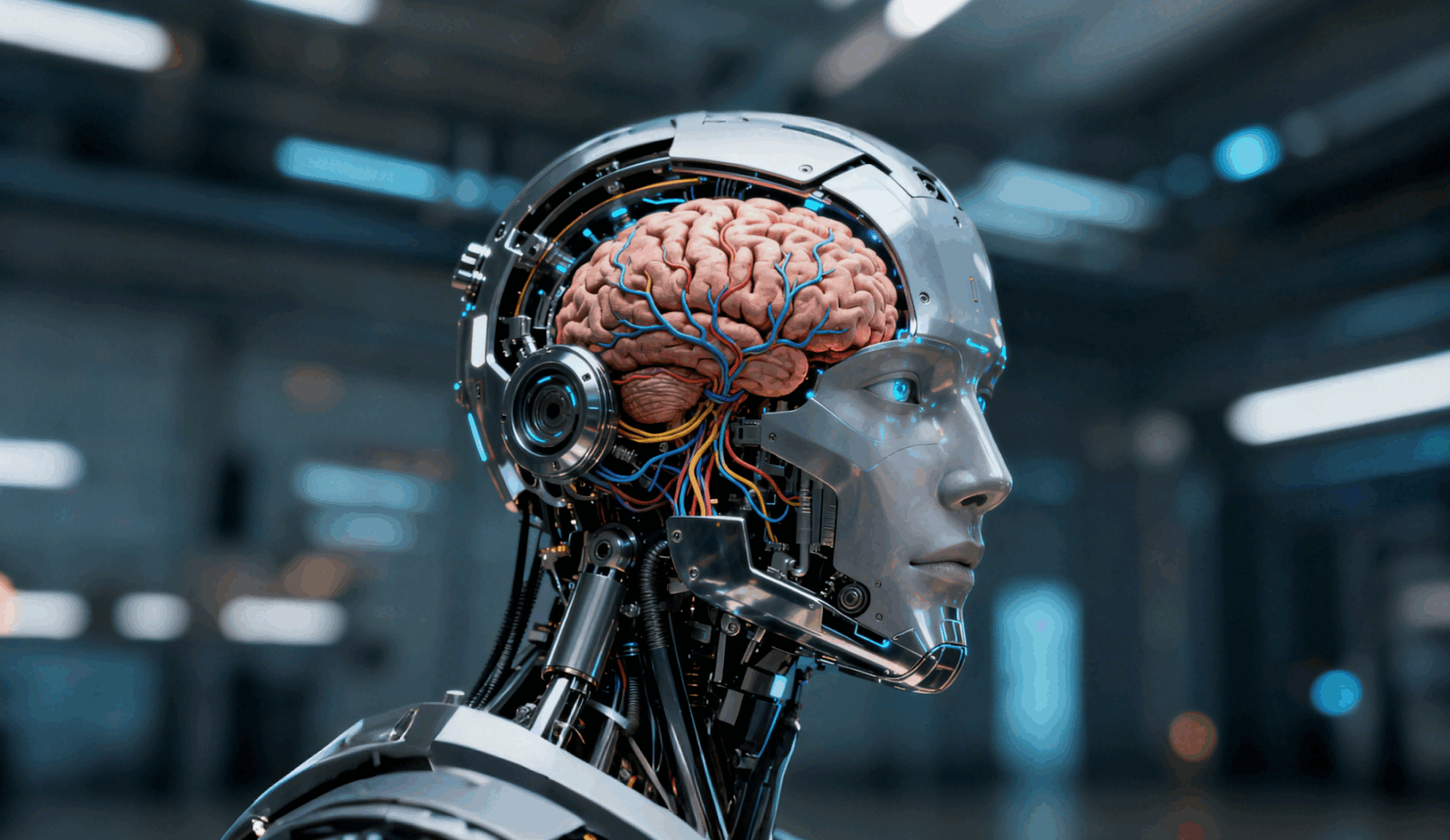Who Has the Final Say on Whether to Use Stimulants?

During the 2019 World Swimming Championships, the Australian Swimming Association and Sun Yang's several incidents drew global attention to doping. Why is doping so rampant despite repeated bans? What are the drawbacks and problems of traditional doping detection methods? Sports organizations are introducing machine learning into the detection process.
At this year's World Swimming Championships, Chinese national team athletesSun Yangwon the men's 400m freestyle championship in one fell swoop. However, at the awards ceremony, the runner-up, Australian athleteHoughton, but refused to stand on the same podium with Sun Yang to receive the award, which triggered a series of disturbances.
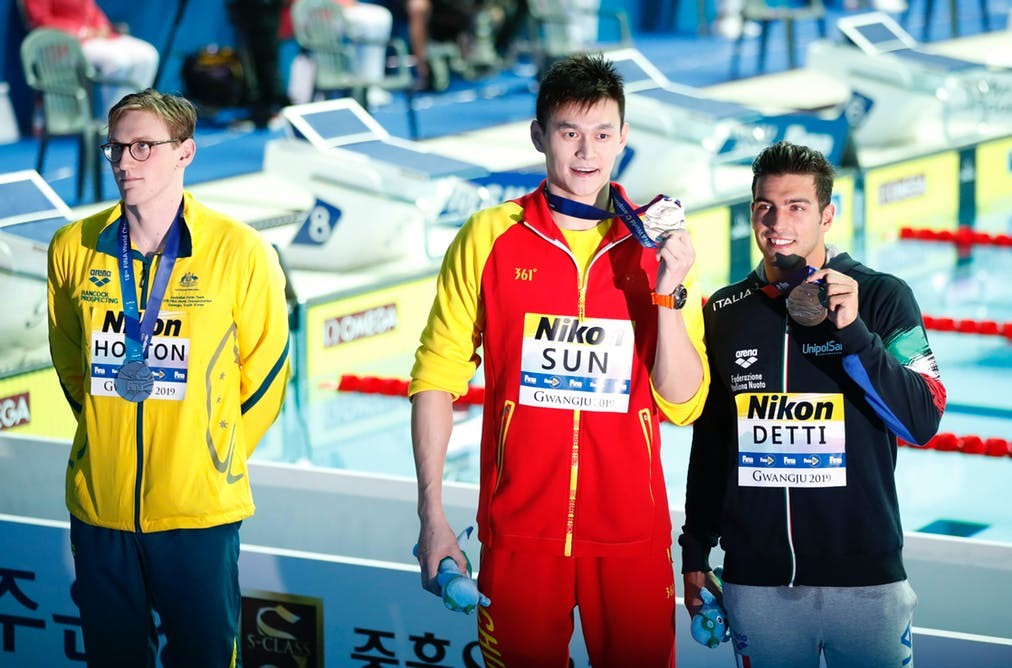
JustificationSwimming AustraliaHorton's behavior "Respect and understanding"Suddenly, it was revealed that the Australian female swimmer Shayna Jack The drug test was positive, and for a time the Australian Swimming Association's "double standards" and "slap in the face" became the front-page headlines of major media.
Then the instigator of this "swimming farce" - StimulantsWhat is the existence of doping in the sports world? What are the drawbacks in the routine detection of doping, or what can be improved through technical means?
Doping: An open secret in sports
Doping has always been a sensitive word in the sports world. Many star athletes, such as the well-known cyclist Armstrong, the clay court king Nadal, the tennis player Venus Williams, etc., have been shrouded in doping suspicion.
But there is a saying in the sports world:Things that can be detected are called stimulants, and things that cannot be detected are called high technology.
Currently, traditional blood and urine tests are still powerless against new drugs. The reason why athletes dare to take stimulants is largely because they hold the fluke mentality that they cannot be detected.
It's like there were viruses first and then there were anti-virus software.
The same is true for performance-enhancing drugs. Before they are placed on the banned drug list, these drugs are "legal" until they are classified as performance-enhancing drugs.
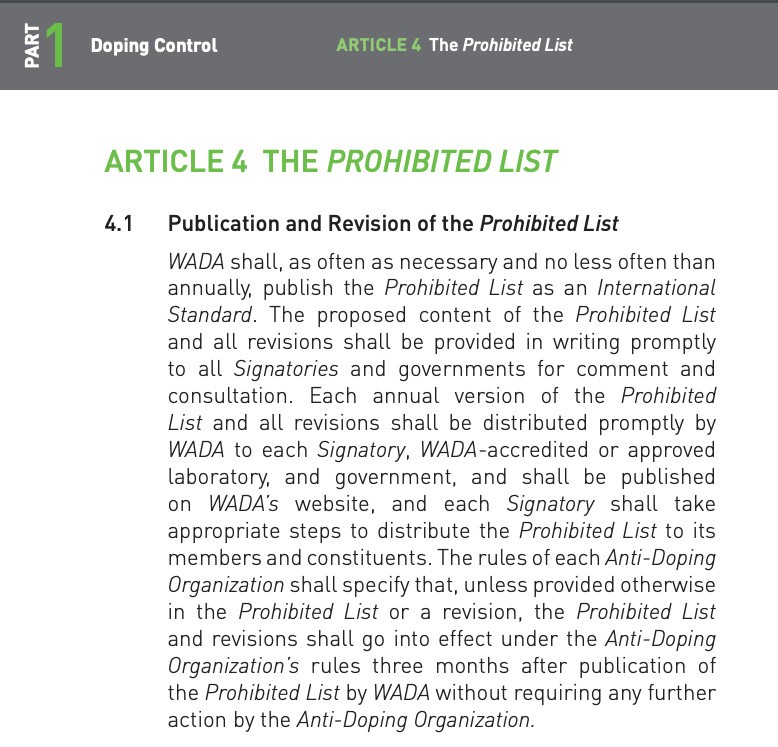
Trimetazidine is a drug used to treat angina pectoris, but it can also improve the cardiopulmonary function of athletes.
Many athletes have been taking Trimetazane since 2008, but the drug was not included in the WADA (World Anti-Doping Agency) banned list until 2014. So this "window of time" is very short for athletes.Safe and legalof.
Moreover, with the improvement of pharmaceutical technology, the difficulty of doping drug detection is also increasing. In order to ensure the fairness of competitive sports, WADA has also begun to try to use more advanced technologies, such as artificial intelligence, to combat the illegal use of doping and other banned drugs.
How AI can become a new weapon in the fight against doping
1. Using AI to improve the Athlete Biological Passport (ABP)
As more and more doping incidents in sports events were exposed, WADA passed the "transportMobilizing Biometric Passports"Collect blood samples for irregular inspection regulations.
Simply put, the reason for setting up such a complex program is thatSome banned drugs can be metabolized in a short time, traditional direct doping tests (such as urine tests) cannot detect it. The effects and effects of banned substances on the human body will last for a long time, which is reflected in the fluctuations of certain physiological indicators of the human body.

The biological passport program can conduct long-term monitoring of athletes' relevant physiological indicators and indirectly determine whether athletes have violated the ban through fluctuations.
ABP is specifically designed for senior athletes, collecting all official biological samples measured during their careers, and analyzing key indicators such as hemoglobin and red blood cell levels in the blood.Long-term monitoring, and detect suspicious players in time.
However, ABP is expensive and acceptsNumber of athletesThe samples collected are infrequent and small in number, which makes them insufficient references. WADA urgently needs a more comprehensive and authoritative tool to enable it to betterTargetedMore athletes will be tested.
2. Recruiting AI teams and programmers to provide ideas for doping testing
In 2018, WADA cooperated with the Quebec Education Foundation (FRQ) to publicly recruitArtificial intelligence engineer team, hoping to leverage the power of the engineering community to make greater progress in the field of AI anti-doping.
WADA has a large amount of data, from athletes’ biological passports to test results.Machine LearningandData analysisProvides possibilities.

passalgorithm, it can conduct real-time comparative monitoring of each athlete’s historical examination results, mark suspicious values, and issue alarms when necessary, thereby reducing errors in human judgment.
With the help of artificial intelligence, athletes canHistorical dataandHistorical test resultsConduct efficient analysis and conduct targeted investigations on specific individuals to effectively and promptly prevent the emergence of "Shayna Jacks".
3. Behavioral data detection:Abnormal improvement in grades requires attention
In addition to swimming,track and fieldIt is also another hard-hit area for stimulant abuse.
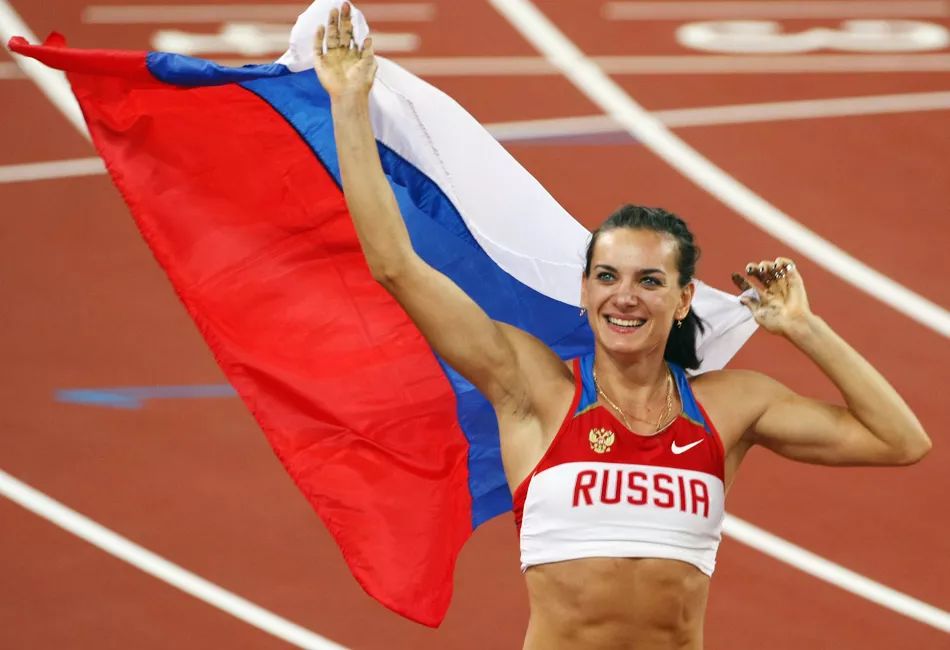
IAAF researchers based on the IAAF's years of researchSports results database, draw models that show how athletes’ performance evolves with age through curves, while identifying abnormal performance.
Blue indicates the checkedChampion Athlete,In the above figure, the blue curve has smaller fluctuations, which is the performance of the champion who did not use stimulants.
In the figure below, the blue curve shows the performance of athletes suspected of using doping:On the verge of endingWhen the sports performanceAtypical, abnormalImprovement.
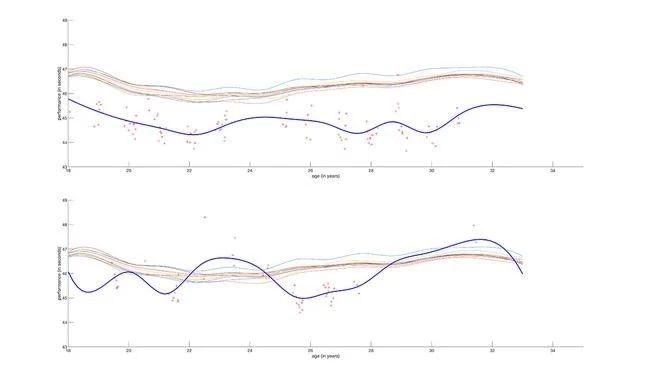
The blue line in the figure below: Performance fluctuations of athletes suspected of taking drugs
According to this model, we can effectively and quickly identifyAbnormal behavior, so as to conduct more accurate spot checks and reviews.
The future: Let AI purify the sports field
The development of AI technology has broughtfair playBrought new light and hope.
I believe that with the efforts of various institutions, based on increasingly fine-grainedData analysis, with the help of more accurateMachine learning models,The medals in the future will surely belong to the truly strong ones.
-- -- over-- --



